Gardens
Gardening and landscape design ideas to help you make the most of your outdoor living space.
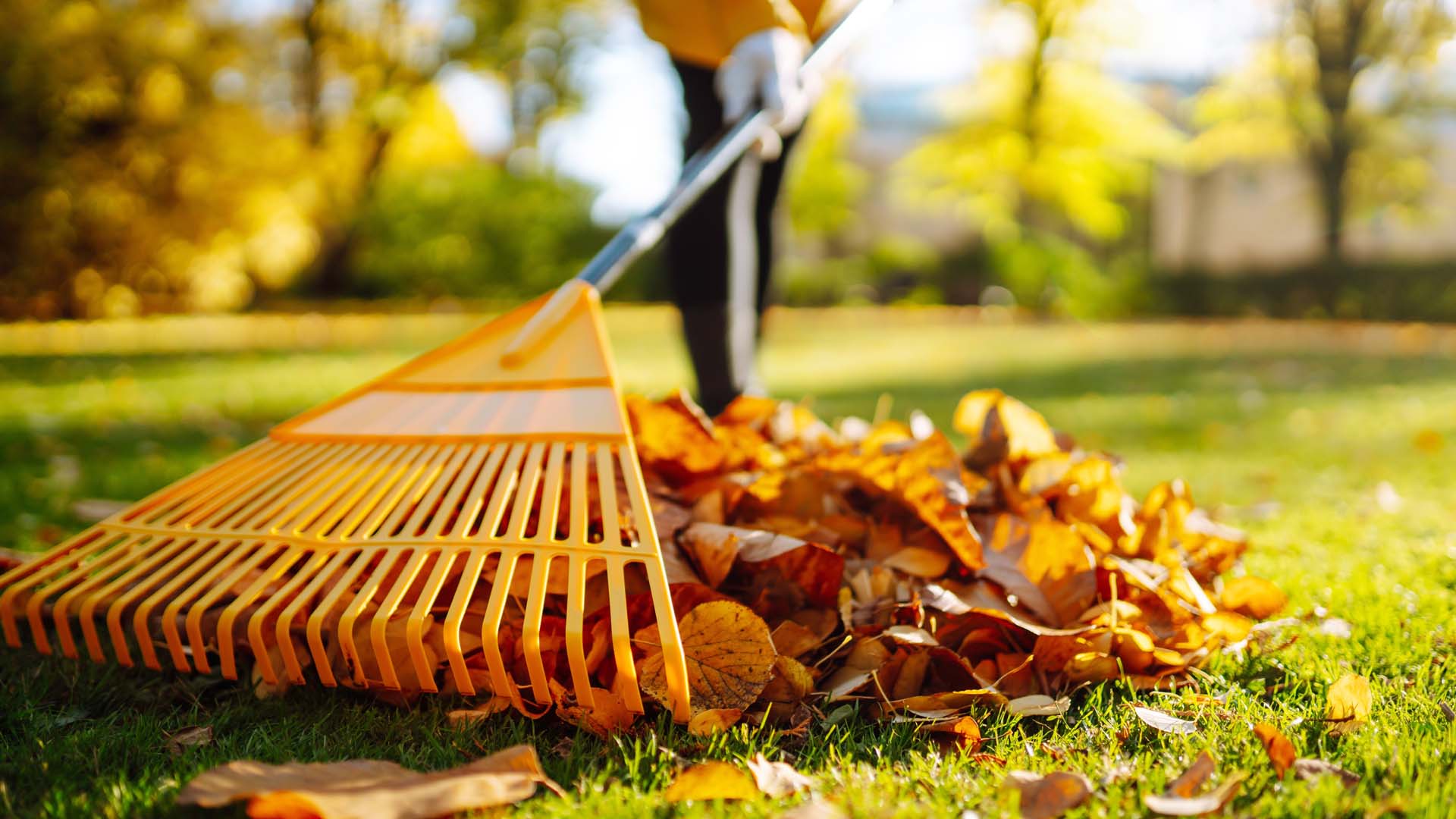
Our top 5 autumn lawn care tips
Autumn lawn care tips: how to scarify, aerate and over-seed your grass.
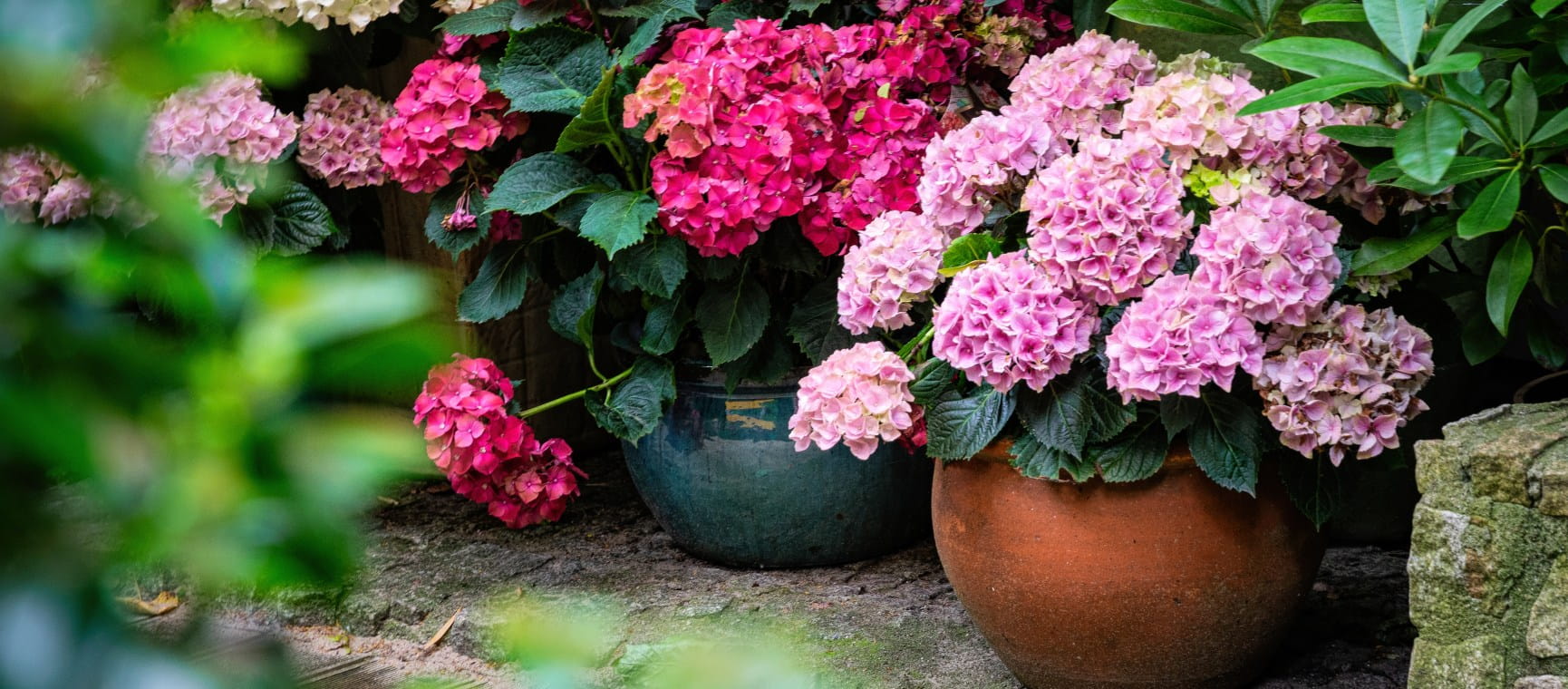
8 shade-loving plants that aren't scared of the dark
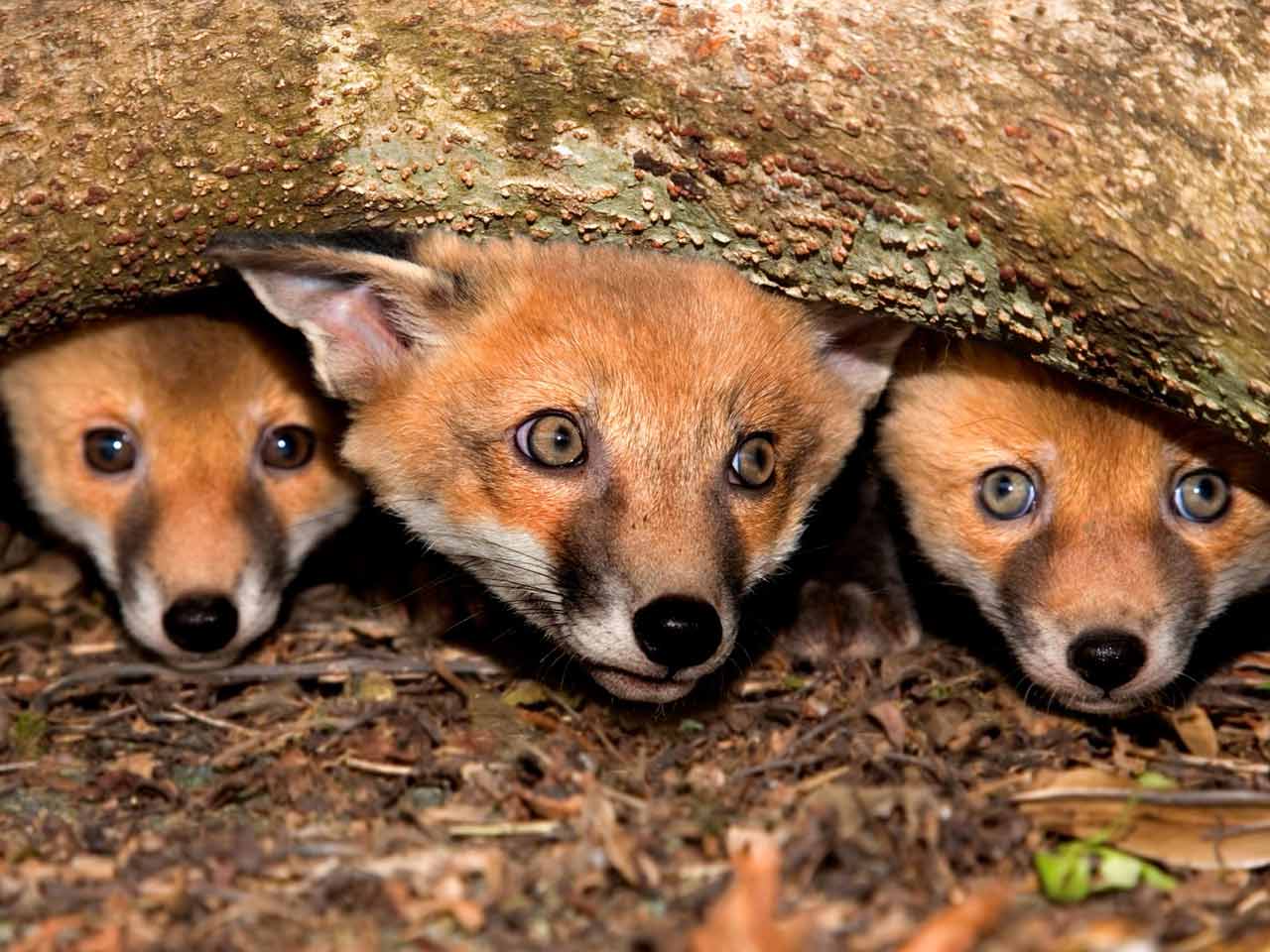
Foxes in the garden: feeding, spotting disease and deterrents
Many of us are living with foxes in our gardens - wildlife expert David Chapman explains what to feed them, how to spot illness and whether you can keep them away.
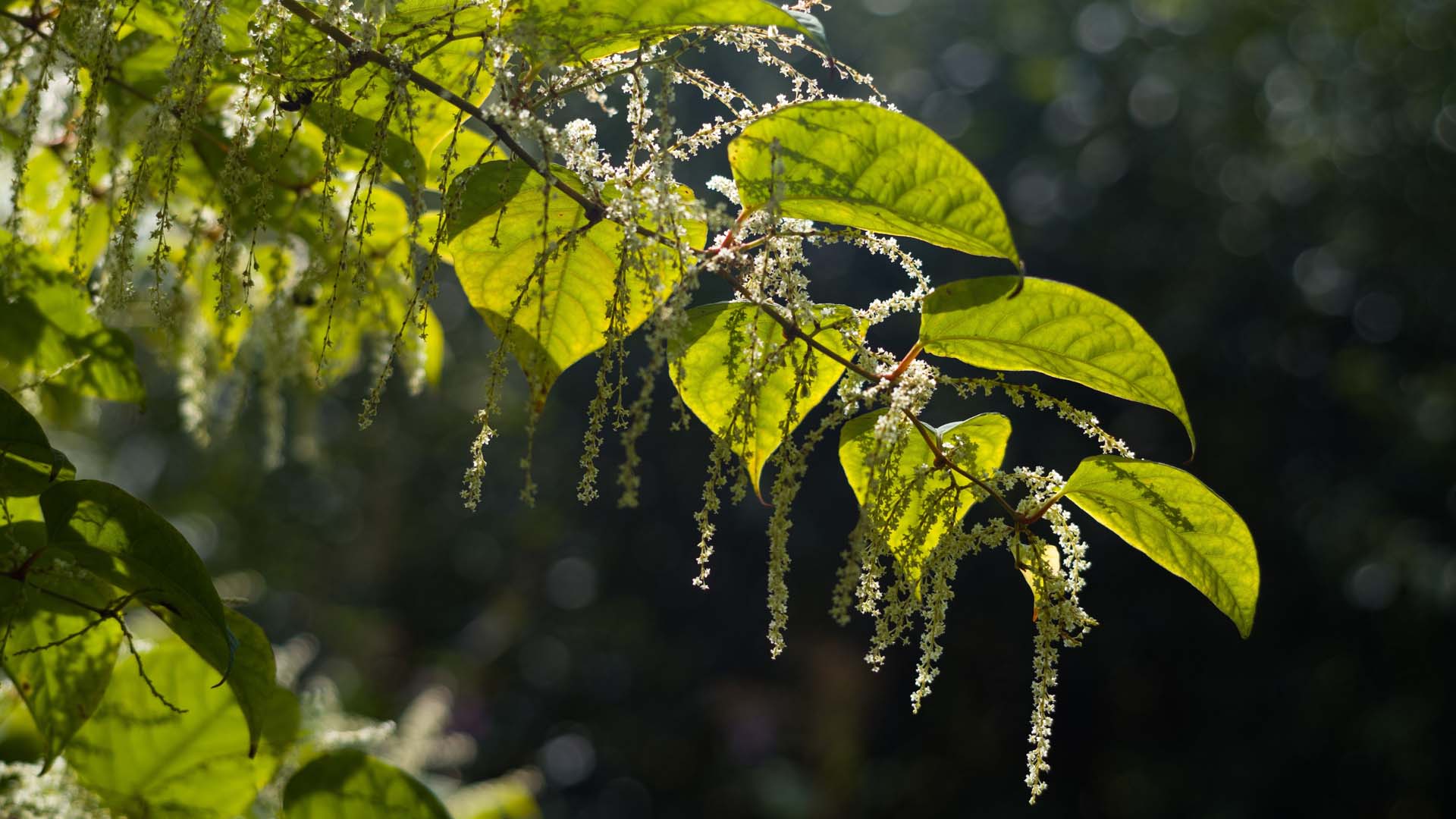
Japanese knotweed: how to identify and manage this invasive plant
Everything you need to know about Japanese knotweed, the fast-growing plant nobody wants in their garden.
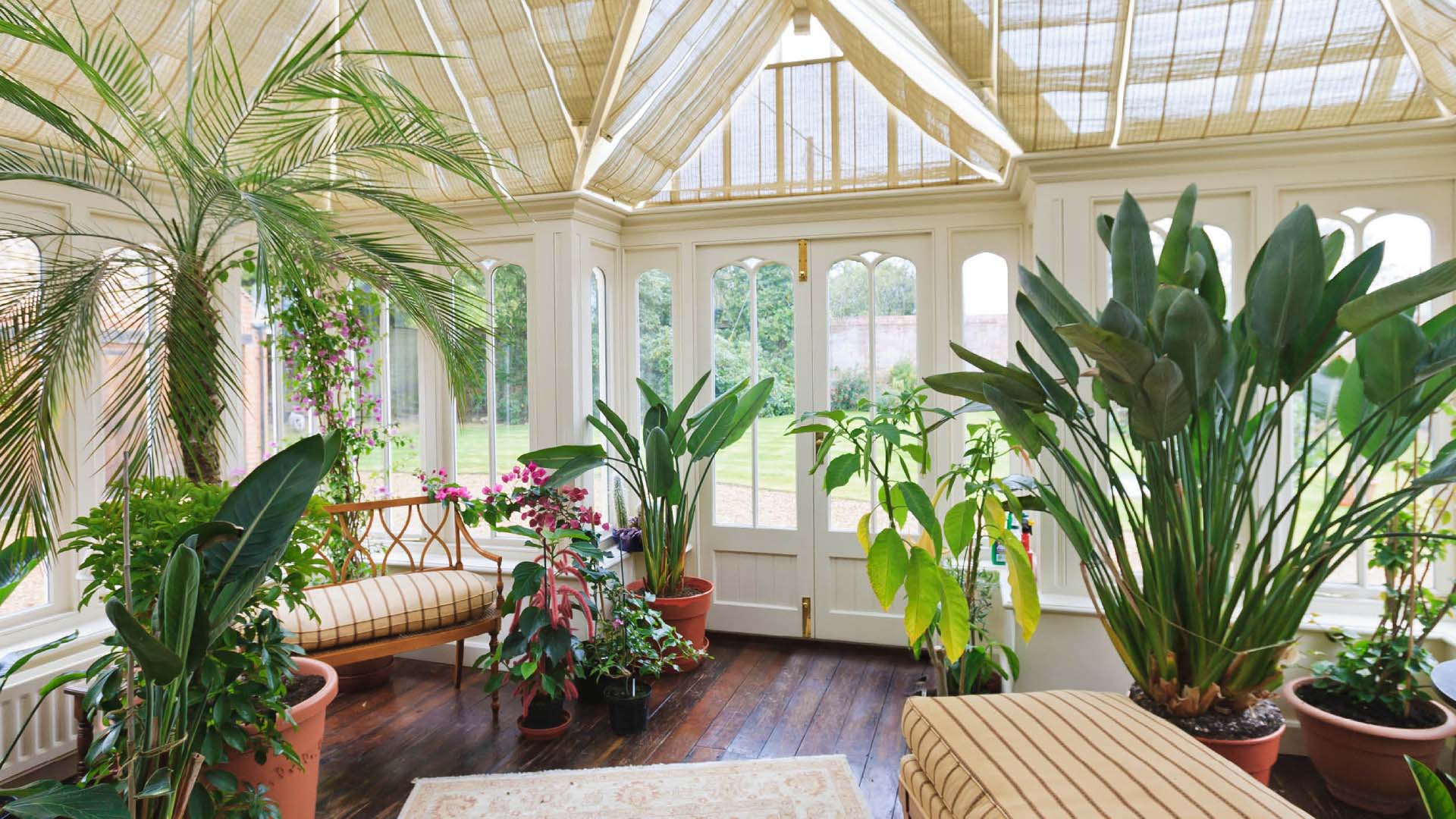
Keen to grow more conservatory plants? Here are 12 sun-loving options
Regardless of the weather outside, your conservatory can be home to a variety of indoor plants.

How to storm proof your garden

The best winter-flowering perennials for colour and scent

Colourful winter bedding plant ideas

The quick window safety tip to help save British birds
Every year millions of birds die as a result of flying into glazing. A simple act can change that.
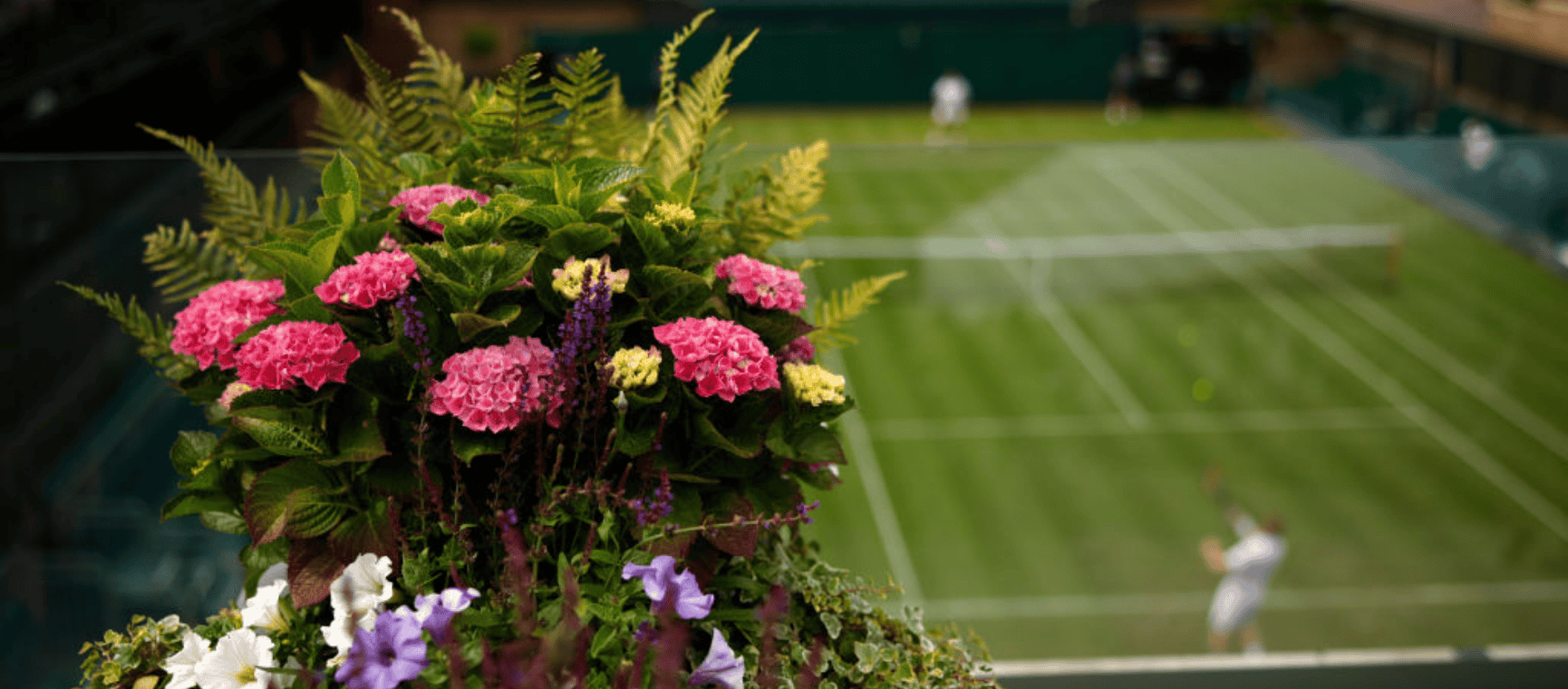
Wimbledon's head gardener shares his planting tips
If you love the beautiful planting on display at Wimbledon, check out these winning tips from head gardener Martyn Falconer
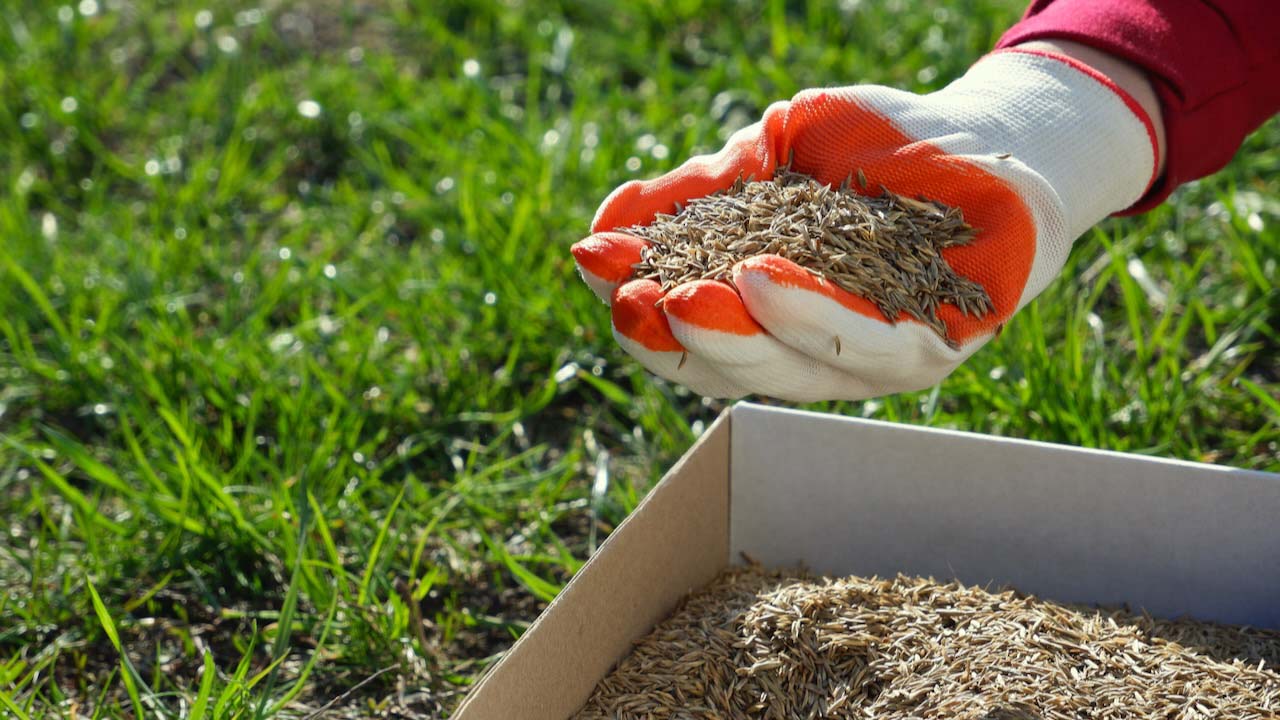
Why spring may be the best time to repair your lawn
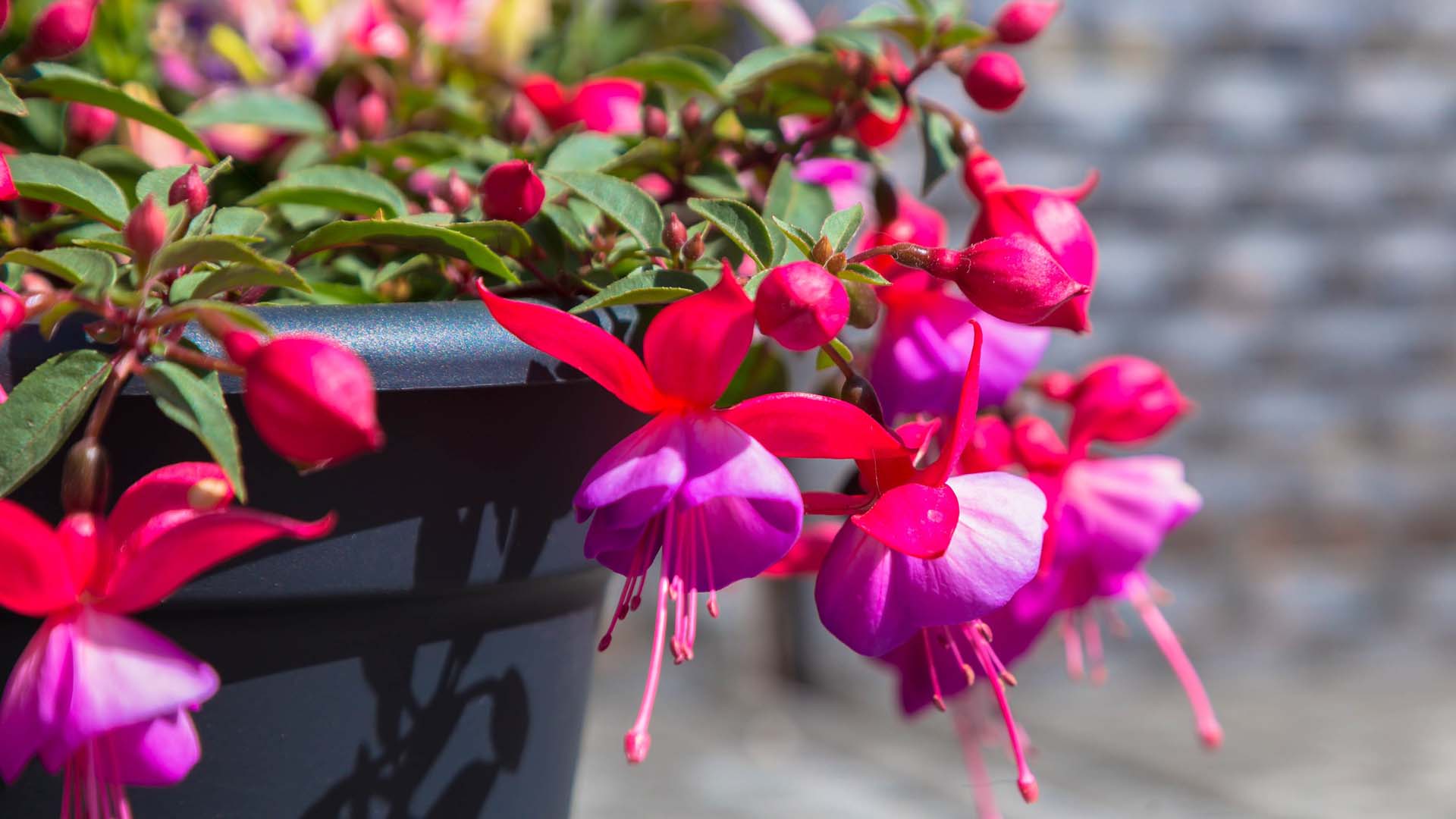
When to take fuchsia cuttings
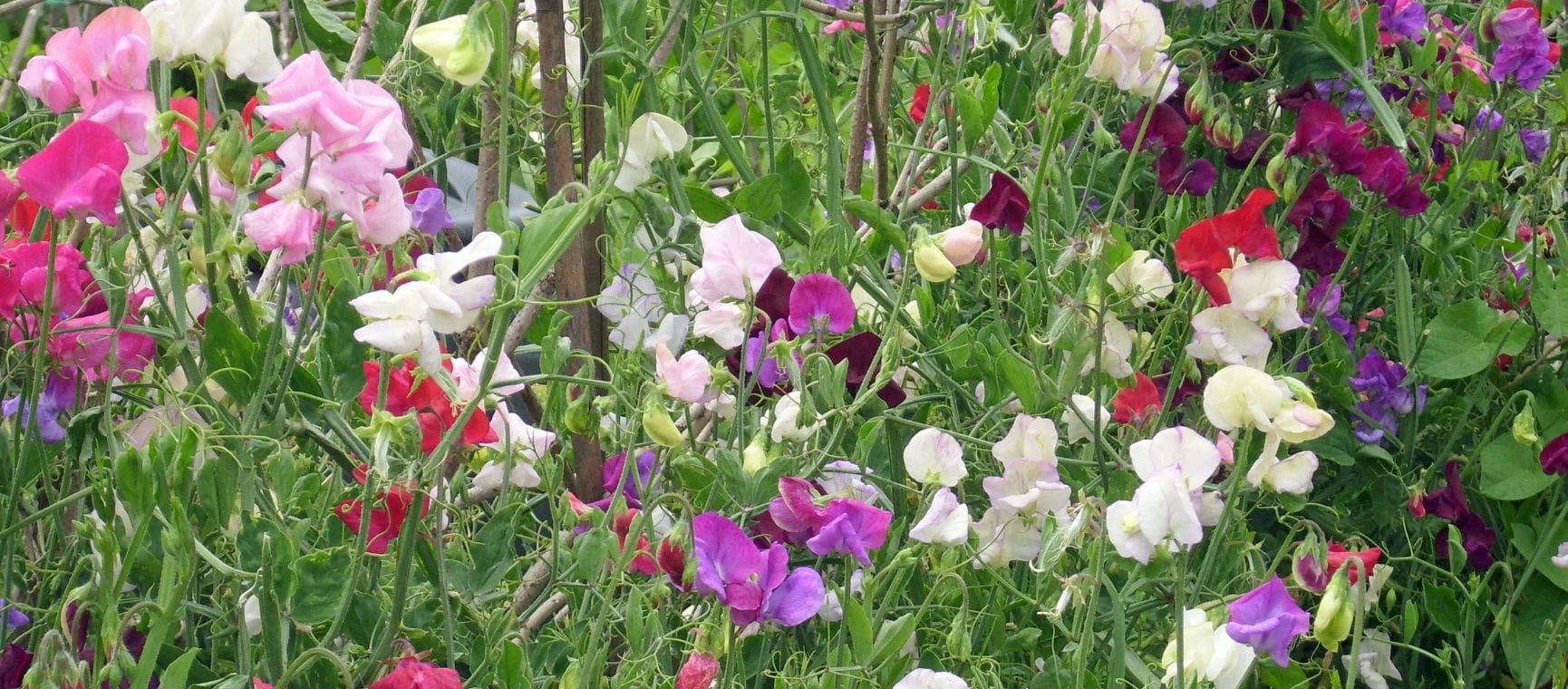
When should I plant sweet pea seeds?
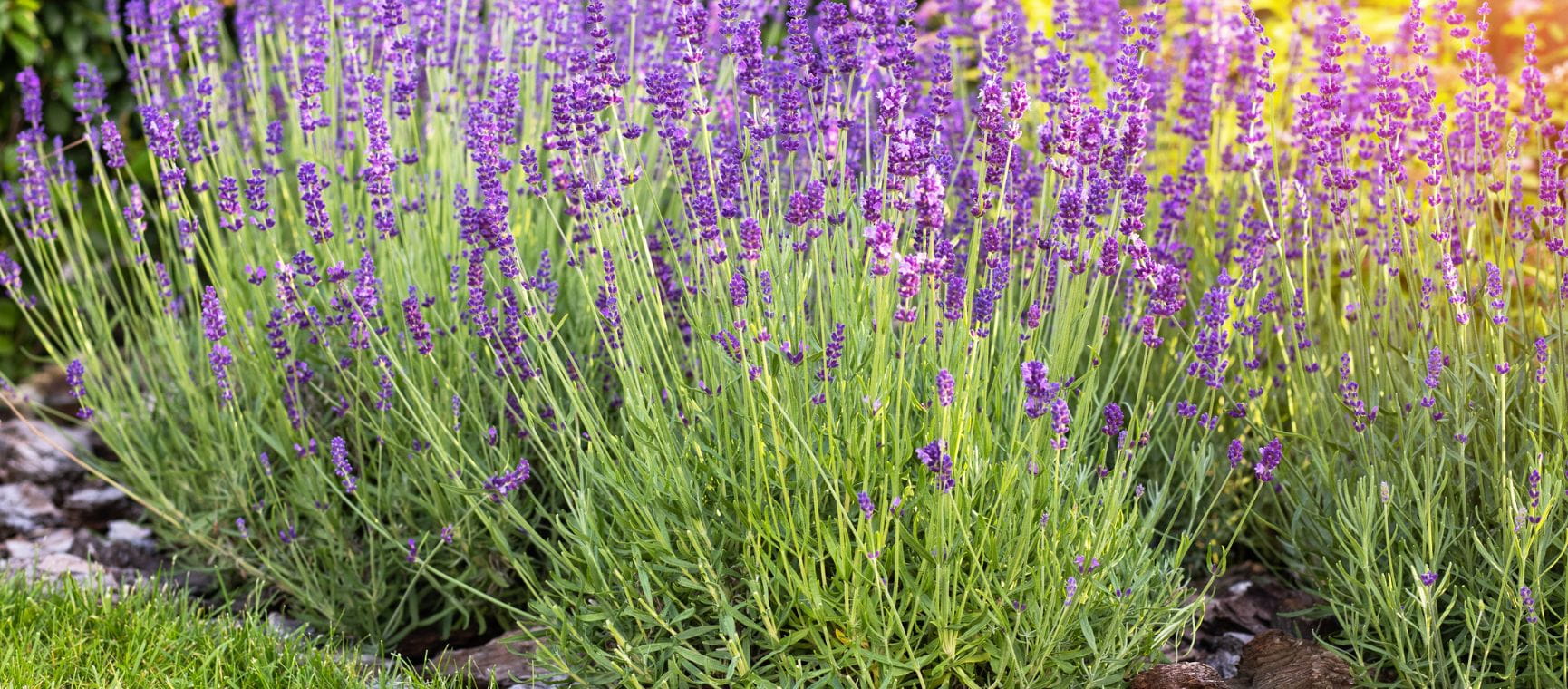
When and how to prune lavender

Subscribe now to get our Christmas issue and start preparing for the festive season. Enjoy seasonal recipes from Rick Stein, Christmas interiors and decoration guides, gift ideas and more.
Treat yourself to 12 issues for just £29.95 plus, enjoy two free gifts: a classic Parker Jotter Pen in a festive cracker and a bumper puzzle book.
Play our free daily puzzles
Beat the boredom and exercise your mind with our selection of free puzzles.



